.
Abstract Expressionism and Pop Art
Jackson Pollock and "Action Painting"
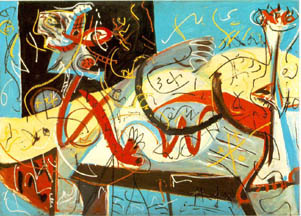
Stenographic
|
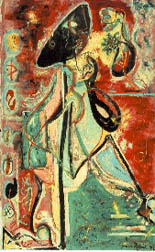
Moon Woman 1942
|
"Jack the Dripper" in Action
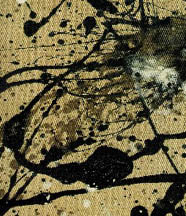
Detail, Autumn Rhythm
|
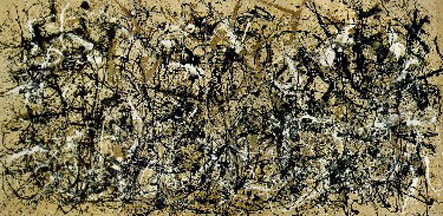
Autumn Rhythm, 1950
|
Other Abstract Expressionists:
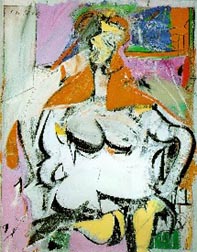
de Kooning: "Woman", 1949
|
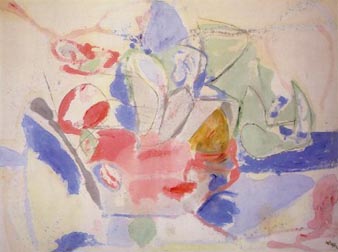
Helen Frankenthaler: "Mountains and Sea", 1950
|
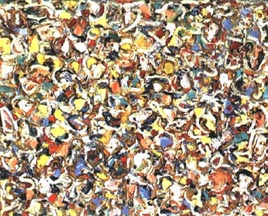
Lee Krasner: "Noon", 1947
|
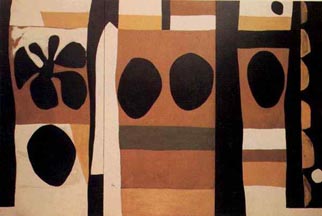
Robert Motherwell: "Mural Fragment", 1950
|
Color Field Painting:
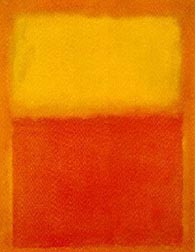
Mark Rothko: "Orange and Yellow", 1956
|
NeoDada:
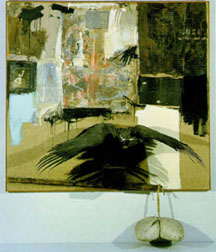
Robert Rauchenburg
|
Pop Art
Andy Warhol
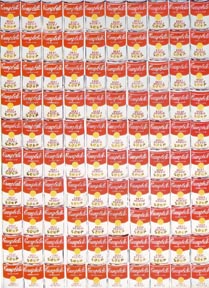
100 Soup Cans
|
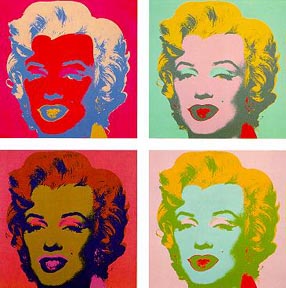
Marilyn
|

Liz Taylor
|

Mick Jagger
|
Andy Warhola worked as a fashion illustrator and commercial
artist before turning to the fine art scene. His early work included huge
enlargements of comic strip pictures that were used in the display windows
of large New York department stores. During the 1960s, at a time when popular
culture became a dominant force in both society and the arts, Andy Warhol
became the guru of Pop Art. Using the most ordinary objects (Coke bottles,
Campbell's soup cans) and the most popular personalities of American culture,
Warhol gave them heroic scale and turned them into art. What Warhol created
was a new kind of still life in a twentieth-century mass-media, popular-culture
mode, rather than the illusionary manner of the nineteenth century. Warhol
renounced originality, confused the boundaries of mass art and high culture,
and continually challenged the conventions of the gallery and museum. He said,
"In the future everyone will be famous for fifteen minutes."
|